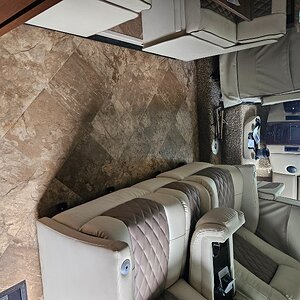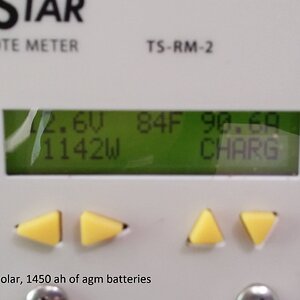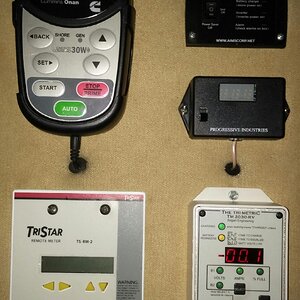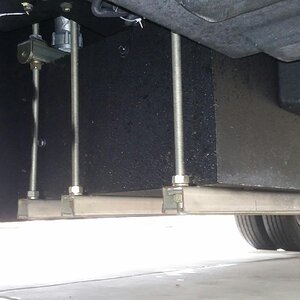Joe Dutchstar
RVF Supporter
- Joined
- Nov 3, 2019
- Messages
- 3,643
- Location
- Florida
- RV Year
- 2024
- RV Make
- Newmar
- RV Model
- Dutch Star 4311
- RV Length
- 43
- Chassis
- Spartan
- Engine
- Cummins
- TOW/TOAD
- 2018 Ford Flex
- Fulltimer
- No
We had 640+ amp of LiFePo and solar installed in our Canyon Star. Never had an issue with the alternator charging the batteries. The stock Bird failed once but other than that no issues. For whatever that is worth.
here is a good source of information

 www.victronenergy.com
www.victronenergy.com
here is a good source of information

Careful - Alternator Charging Lithium - Victron Energy
Charging lithium batteries from an alternator, be that in a boat or vehicle, presents some challenges when compared to the straightforward nature of charging lead based batteries. The video in this blog highlights these lithium challenges and shows you what can happen when things go wrong –...













